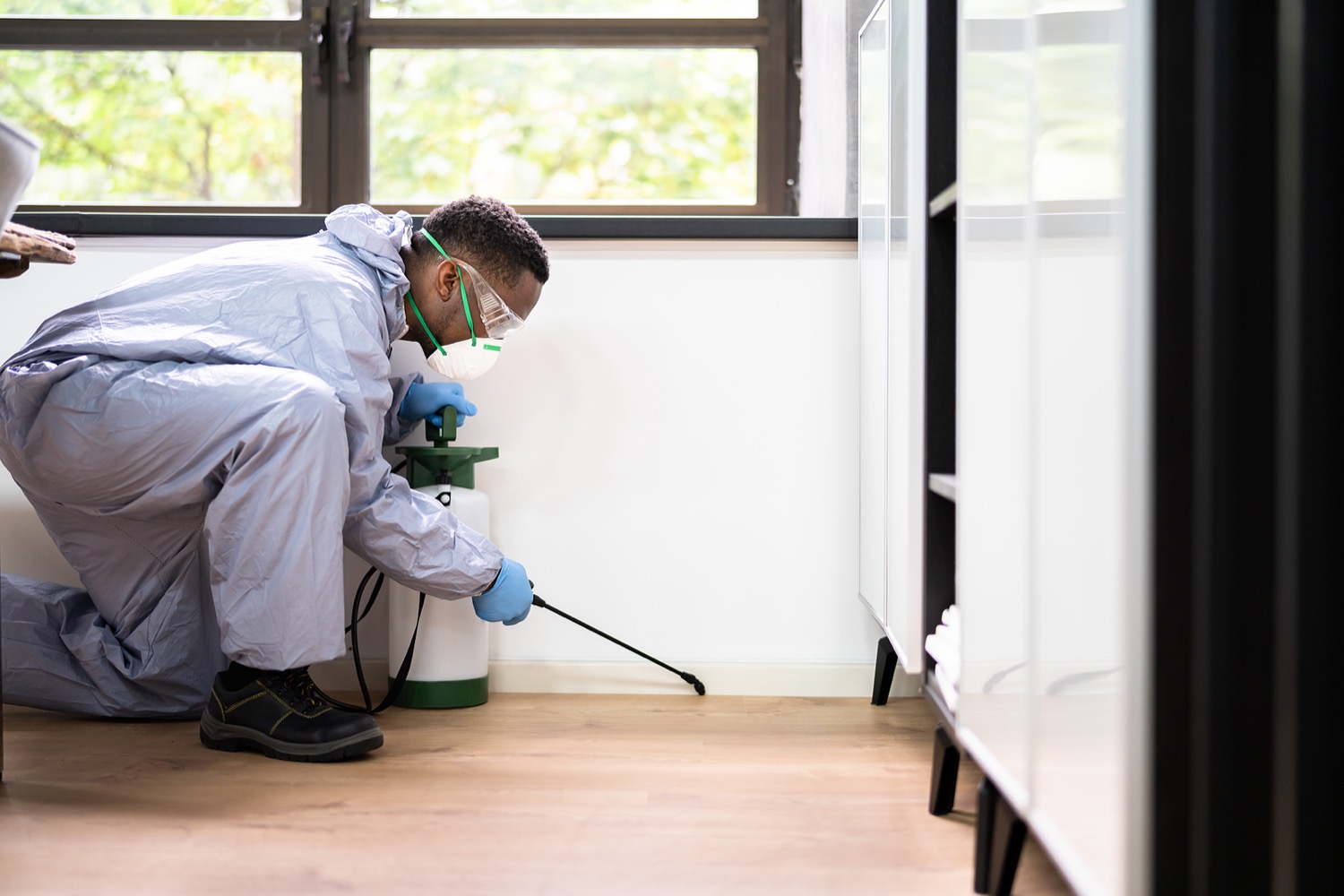Efficient A1 Bed Bug Treatment in Charlotte - Safe and Proven Techniques
Bed Bug Therapy Break Down: Contrasting Chemical Vs. Non-Chemical Solutions
In the world of pest control, particularly when dealing with the consistent problem of bed pests, the selection between chemical and non-chemical therapy remedies can be a pivotal one. Both methods provide distinct advantages and disadvantages, influencing aspects such as effectiveness, safety considerations, and overall expense. By taking a look at the nuanced details of each method, a clearer understanding of which course to seek in dealing with a bed insect invasion can be obtained.
Performance of Chemical Treatments
Chemical therapies for bed insect infestations have been extensively acknowledged for their quick and powerful efficiency in getting rid of these parasites. When taking into consideration the efficiency of chemical therapies, it is crucial to recognize that they can offer a extensive and fast remedy to a bed pest trouble.
Additionally, chemical treatments have the benefit of offering residual impacts, indicating that they can proceed to get rid of bed pests even after the preliminary application. This residual action is specifically helpful in combating any kind of possible re-infestations. Additionally, the fast activity of chemical therapies can bring relief to individuals encountering severe bed bug problems, enabling them to reclaim control of their space promptly.
Safety Interest In Chemical Solutions
One vital element that calls for careful consideration when utilizing chemical solutions for bed bug treatment is making sure the security of passengers and the atmosphere. While chemical therapies can be reliable in removing bed insects, they may position risks if not taken care of effectively. Among the main security issues with chemical solutions is the possible injury they can trigger to human health and wellness. Exposure to particular chemicals utilized in bed insect therapies can lead to respiratory system issues, skin irritation, or various other negative reactions, specifically in individuals with pre-existing conditions or level of sensitivities. Additionally, inappropriate application or dosage of chemical pesticides can result in poisonous deposits lingering in the cured location, presenting lasting health threats to passengers.
Additionally, the environmental effect of chemical options is one more substantial consideration. Some chemicals used in bed insect therapies might be hazardous to valuable insects, wildlife, and ecosystems if they leach into the dirt or water supply. It is vital to utilize chemical treatments judiciously, complying with security standards, and taking into consideration much less harmful choices to reduce these risks and make sure the secure and reliable monitoring of bed pest problems.
Advantages of Non-Chemical Approaches
Taking into consideration the possible security issues and environmental influence related to chemical solutions for bed bug therapy, exploring non-chemical strategies offers an encouraging choice with numerous distinctive advantages. Non-chemical approaches supply a more secure choice for houses, especially those with people, kids, or animals conscious severe chemicals. These methods remove the threats of exposure to toxic materials, lowering the potential for adverse wellness impacts. Additionally, non-chemical therapies are eco-friendly, as they do not add to air or water contamination, making them a sustainable selection for pest control.
Furthermore, non-chemical remedies can be effective in targeting bed insects, consisting of hard-to-reach locations where chemical therapies might not pass through - A1 pest control services charlotte. Approaches such as warm treatment, vacuuming, heavy steam cleaning, and mattress coverings give comprehensive pest proofing services removal without the usage of dangerous chemicals.
Limitations of Non-Chemical Treatments

Additionally, non-chemical therapies usually require multiple applications to accomplish effective eradication. This can be taxing and might not constantly guarantee complete removal of all bed pests and their eggs, especially in hard-to-reach or surprise locations.
Furthermore, the success of non-chemical treatments heavily depends on appropriate execution and thoroughness, which can be challenging for individuals without expert proficiency. Inadequate application of non-chemical methods may lead to insufficient obliteration, bring about relentless infestations and the need for additional treatments.
Therefore, while non-chemical treatments have their advantages, it is necessary to recognize these constraints and consider them when identifying one of the most reliable approach for taking care of bed insect problems.
Price Contrast: Chemical Vs. Non-Chemical Options
Provided the constraints connected visit this website with non-chemical treatments, a vital element to assess in the context of bed insect administration is the price comparison in between chemical and non-chemical alternatives. In contrast, non-chemical treatments like heat treatment or vapor can be more expensive, with costs ranging from $1,000 to $6,000 for a whole home. While the preliminary price of chemical treatments might appear reduced, numerous therapies might be called for to completely remove the problem, potentially boosting the total price.
Conclusion

Taking into consideration the potential safety issues and environmental effect linked with chemical remedies for bed insect treatment, checking out non-chemical strategies offers a promising choice with several unique benefits.Provided the restrictions connected with non-chemical treatments, a crucial aspect to evaluate in the context of bed bug management is the cost contrast in between chemical and non-chemical alternatives. In comparison, non-chemical therapies like warmth therapy or steam can be more expensive, with costs varying from $1,000 to $6,000 for a whole home. While the first price of chemical therapies might seem lower, multiple therapies may be called for to fully eliminate the infestation, possibly boosting the total expense.In verdict, when contrasting chemical and non-chemical bed insect treatment choices, it is crucial to consider effectiveness, safety and security, benefits, restrictions, and cost.